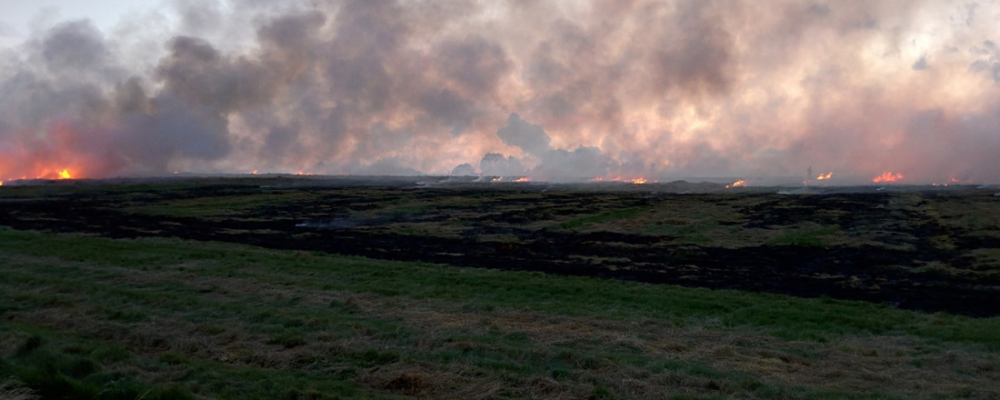
Tool: Roadmap for In-Home Asthma Services
-
Focus Areas
Environmental Health, Health Care & Population Health -
Issues
Asthma -
Expertise
Technical Assistance -
Programs
Regional Asthma Management and Prevention Program

Embarking on a journey to build a system to sustainably provide home-based asthma services can be daunting. Services should be designed to meet the needs of the community being served and build on the unique resources and opportunities of that community—but what kind of staff provides the services? Who or what determines whether a person is eligible for a home visit? How much will it cost to provide these services on a large scale?
To help you answer these questions and more, PHI’s Regional Asthma Management and Prevention (RAMP) and the National Center for Healthy Housing (NCHH) created the Roadmap for In-Home Asthma Services, an interactive tool to help practitioners build systems and programs that support in-home asthma services.
Unlike most roadmaps, this isn’t rigidly directive; instead, it recognizes and relies upon local organizational strengths, knowledge of the community and unique opportunities—each of which may affect a program’s path. The tool allows users to rearrange the nine waypoints to create a route that best fits the needs and strengths of your community—helping to explore and identify where you are, and where you still need to go.
Use the roadmap
Using the Roadmap
The Roadmap has nine primary waypoints to consider as you embark on your journey to provide home-based asthma services. Users will be able to rearrange these waypoints to create a route that best fits where they are and where they still need to go.
Waypoints include:
- Identify or secure funding to support program goals of improving asthma outcomes and reducing disparities.
- Determine the core components of your program design.
- Hire and train your asthma home visitors.
- Create a process to identify and enroll clients.
- Build a system to assess client needs and provide asthma self-management education.
- Establish your approach to asthma environmental trigger assessments.
- Develop a plan to conduct remediation activities.
- Track activities and outcomes.
- Throughout this process, cultivate partnerships with organizations and community.
Users will be able to email, print, and share their final roadmap.
Originally published by National Center for Healthy Housing
Work With Us
You change the world. We do the rest. Explore fiscal sponsorship at PHI.
Support Us
Together, we can accelerate our response to public health’s most critical issues.
Find Employment
Begin your career at the Public Health Institute.


